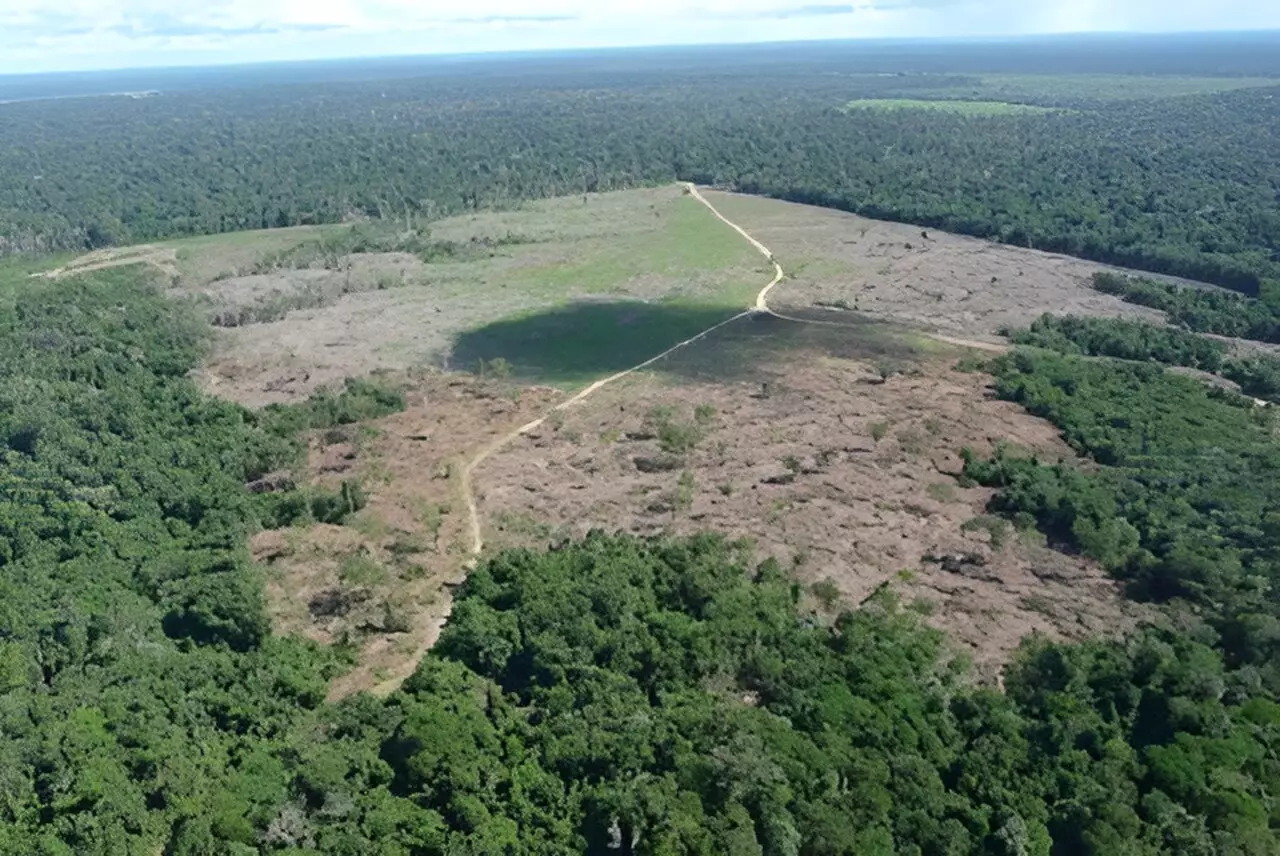The Brazilian Legal Amazonia (BLA) is a vast ecological expanse, encompassing over 5 million square kilometers, which constitutes roughly 60% of Brazil’s territory. This region is not only characterized by its immense size but also by its unparalleled biodiversity. It includes the Amazon Basin and substantial portions of the Cerrado, a biome known for its unique flora and fauna. However, this treasure trove of natural resources is in jeopardy, as deforestation threatens its stability. Alarmingly, approximately 23% of the BLA has already faced deforestation, with more than 1 million square km categorized as degraded. The implications of this loss are dire; if the region undergoes further ecological decline, it risks triggering a collapse of its ecosystems, releasing vast amounts of carbon into the atmosphere.
Understanding the Drivers of Deforestation
Despite widespread assumptions that foreign markets are the primary culprits behind the rampant deforestation in the Amazon, recent studies present a more nuanced perspective. Research led by Eduardo Haddad highlights that domestic demand significantly influences the destruction of these vital ecosystems. His findings suggest that foreign demand accounts for only 23.49% of the deforestation total in BLA, with a staggering 59.68% driven by domestic consumers, primarily from other regions of Brazil.
The traditional view of deforestation often emphasizes the supply side—those sectors that replace forests with agricultural lands or pastures. However, Haddad’s demand-centric approach underscores the importance of understanding the economic incentives that encourage productive sectors to participate in deforestation activities. By mapping the relationships between various economic sectors, his research demonstrates that the boom in agriculture, particularly soy farming and cattle ranching, has devastating consequences for the rainforest.
Over the past fifty years, the growth of agriculture in the Brazilian Legal Amazon has been meteoric. Soybean production, which was almost nonexistent in 1974, surged to produce an astonishing 50 million metric tons by 2022. Cattle ranching has similarly skyrocketed, expanding from just under 9 million head in 1974 to over 104 million in 2022. Urbanization and increasing income levels have resulted in higher meat consumption, further underpinning the rampant growth of these industries.
Haddad’s study elucidates the direct link between consumption patterns and the deforestation agenda. Of the 1.4 million hectares cleared for cattle ranching, a significant 61.63% was linked to domestic consumption, while only 21.06% was for foreign markets. Contrastingly, crop-related deforestation tended to favor exports, with nearly 58.38% of land cleared for this purpose linking back to international demand.
Infrastructure development also plays a pivotal role in the ongoing degradation of the Amazon. Projects that encourage urbanization and construction have led directly to the obliteration of vast expanses of forest. Additionally, illegal activities, such as land grabbing (“grilagem”), exacerbate the situation by permitting the unauthorized occupation of government lands, further contributing to the destruction of these critical habitats.
Research indicates that around half of the deforestation observed in the BLA over the past two decades has occurred on government land illegally taken by land-grabbers. This illegal occupation complicates ownership disputes, facilitating ongoing deforestation and market participation in these illicit areas.
Impact on Global Climate Goals
Understanding the dynamics of deforestation in Brazil is crucial, as land-use changes from cattle ranching and monoculture farming are among the leading sources of Brazil’s carbon emissions. The country’s commitments to reducing greenhouse gas emissions hinge upon effective control of deforestation. If Brazil is to fulfill its climate goals, a decisive shift in both domestic and foreign consumption patterns is essential.
Haddad’s research serves as a clarion call to policymakers and civil society, highlighting the pressing need for sustained conservation efforts in the Legal Amazonia. By addressing the demand that fuels deforestation and implementing effective policies aimed at regulating land use, there exists an opportunity to conserve and regenerate this irreplaceable region.
The implications of the recent findings on the drivers of deforestation in Brazil’s Legal Amazon are profound and multi-faceted. As the interplay between economic demand and ecological health becomes increasingly apparent, the global community must take concerted action. Addressing both local and international consumption behaviors, as well as curtailing illegal land activities, are critical pathways towards sustainable management of the Amazon’s resources. The fate of the Legal Amazonia hangs in the balance—understanding its complexities is the first step toward preserving it for future generations.

